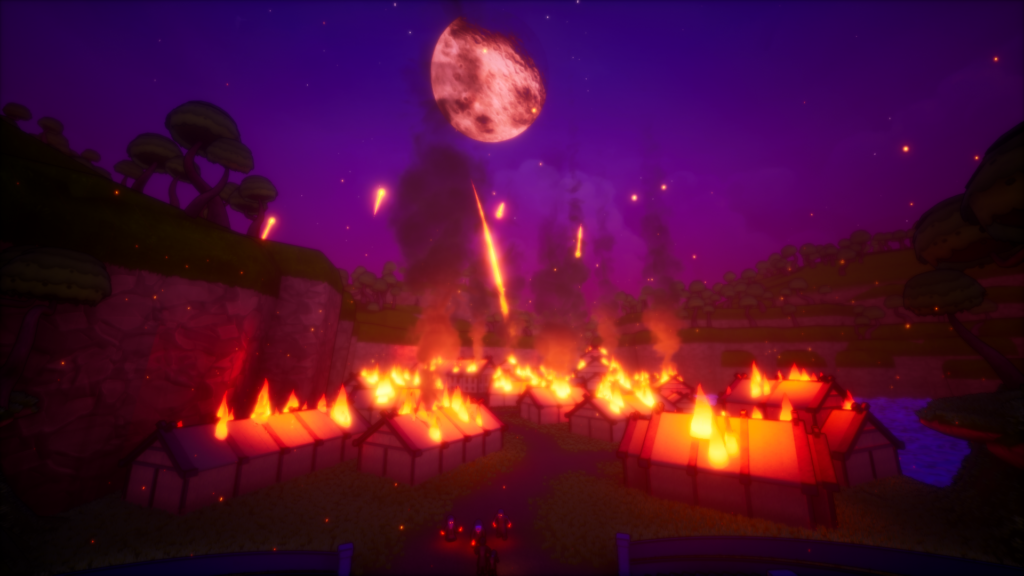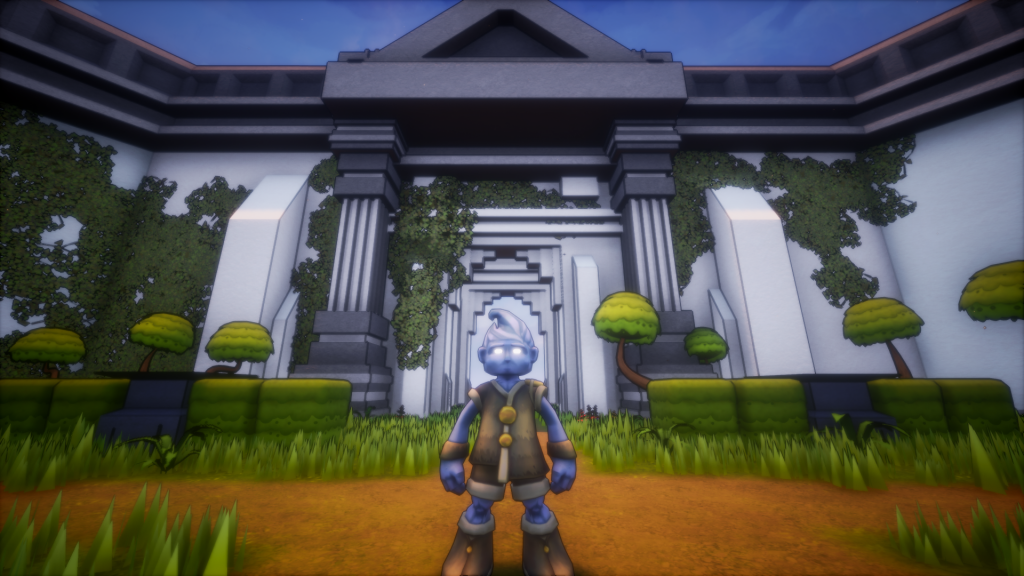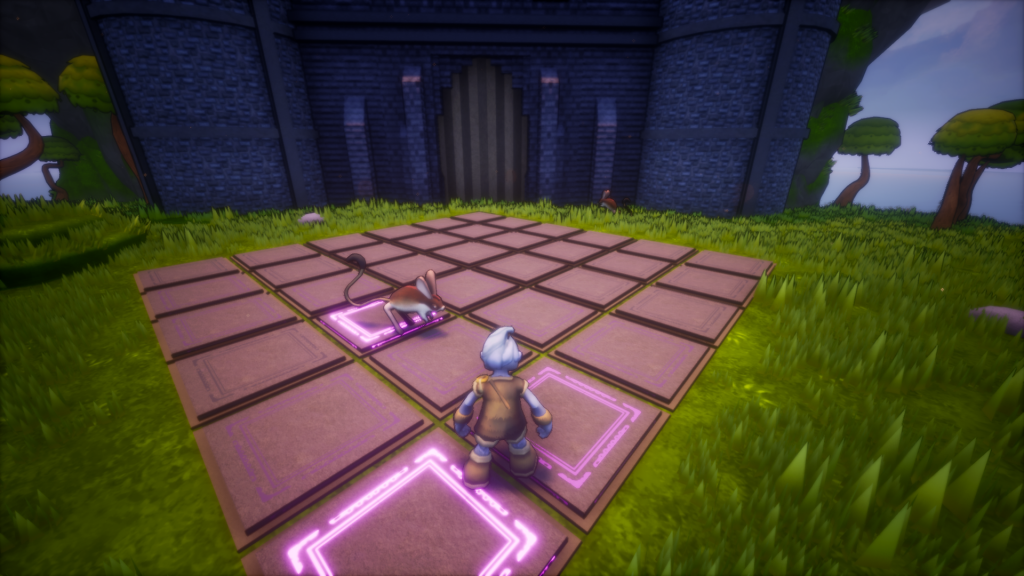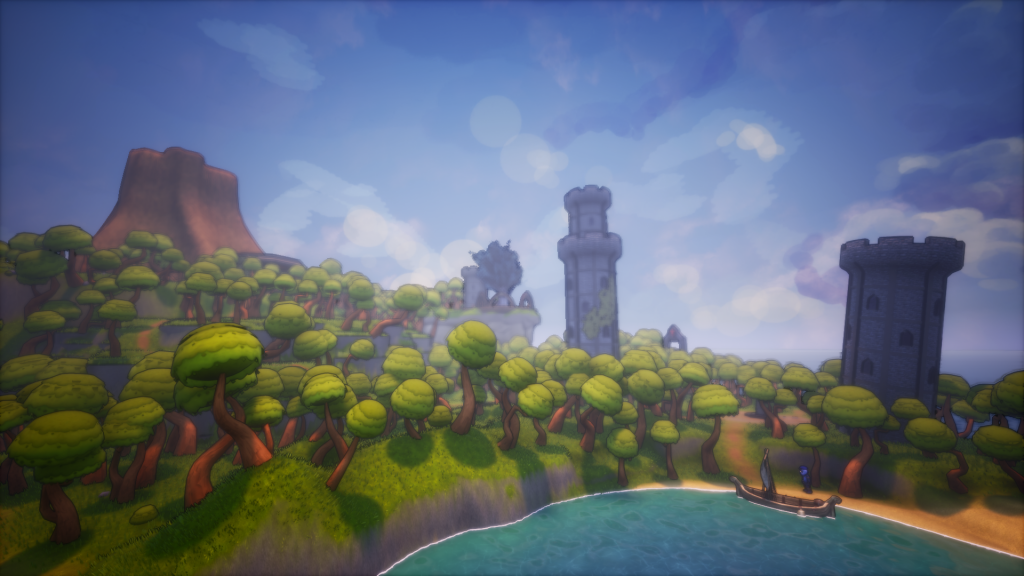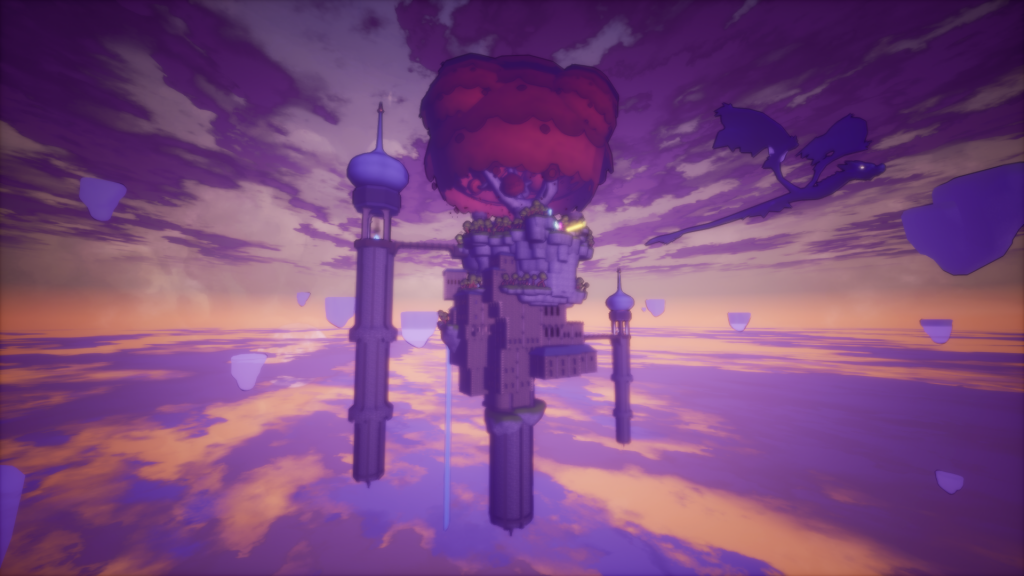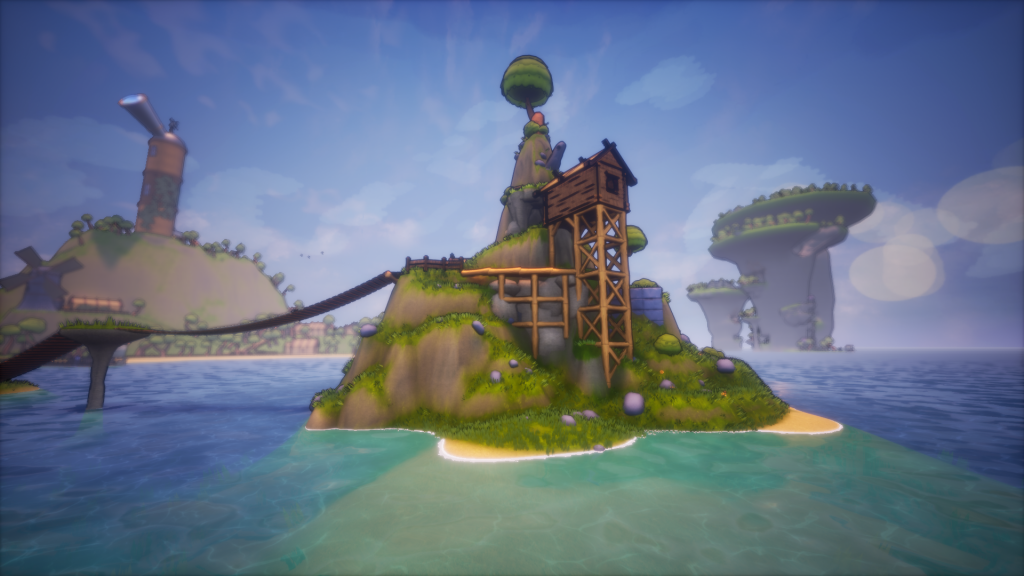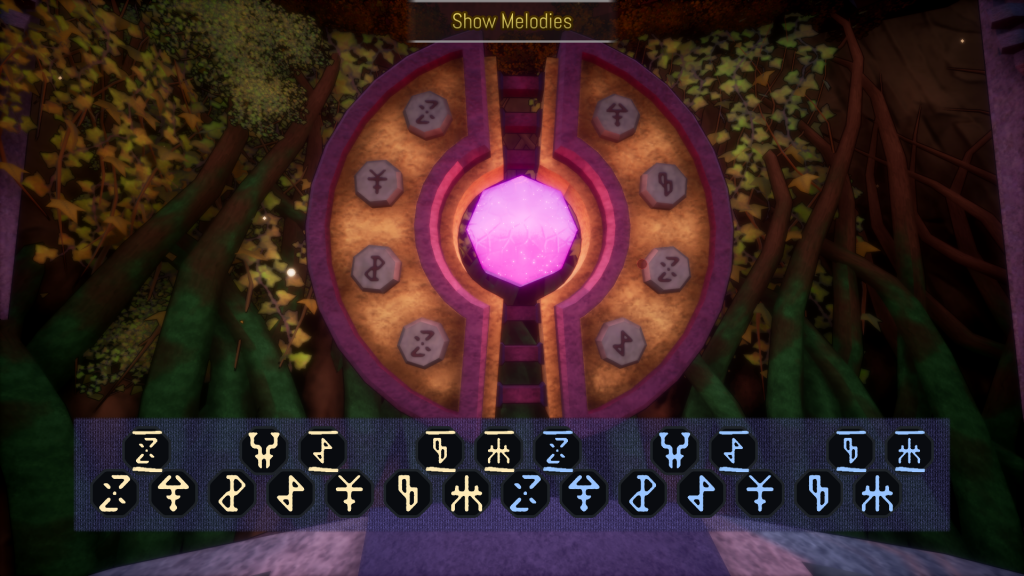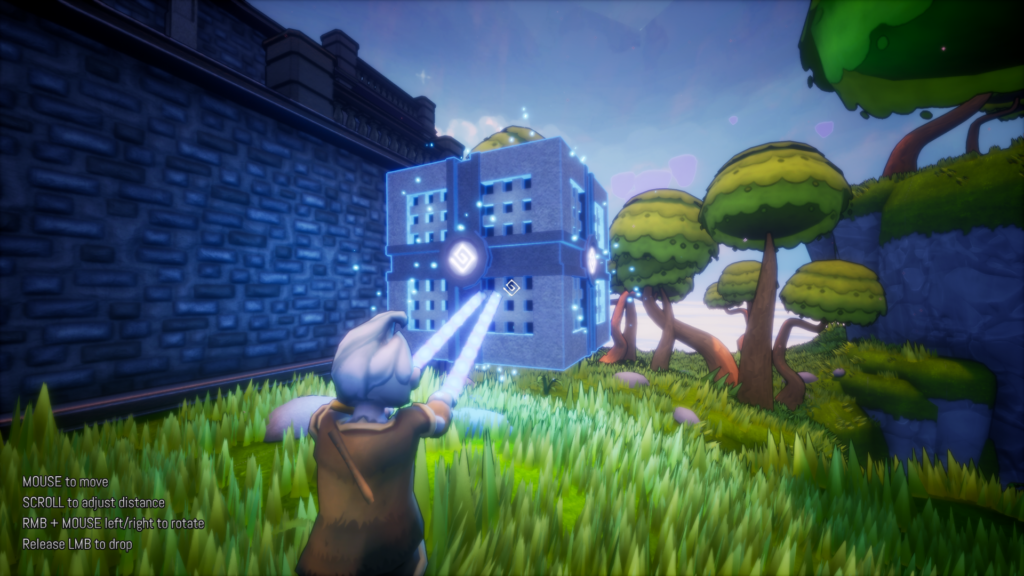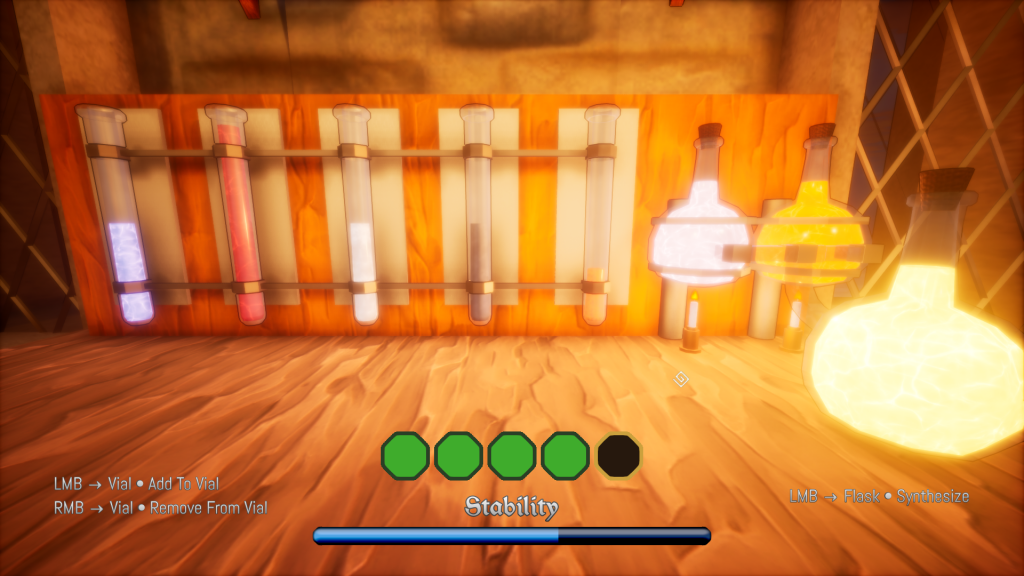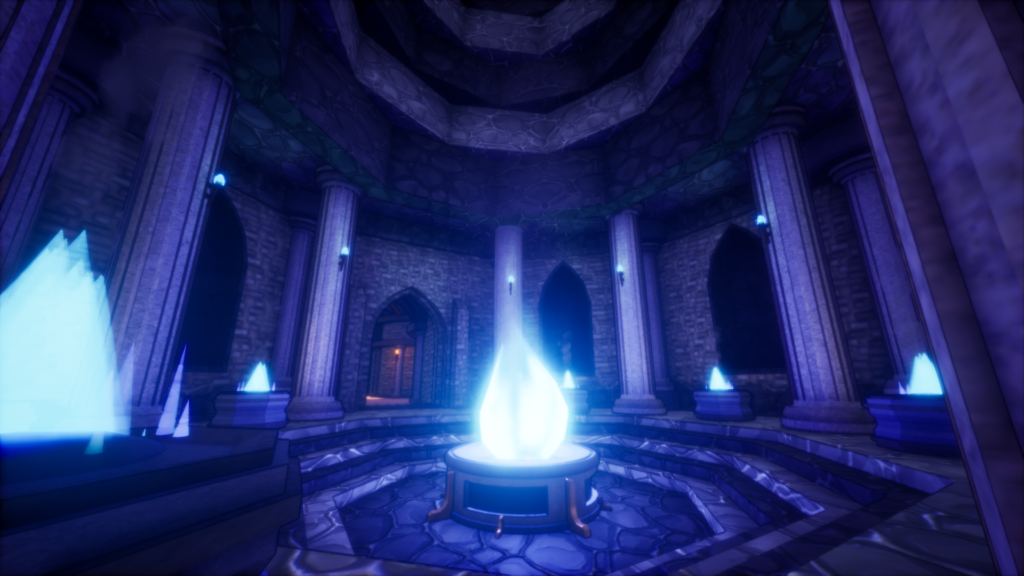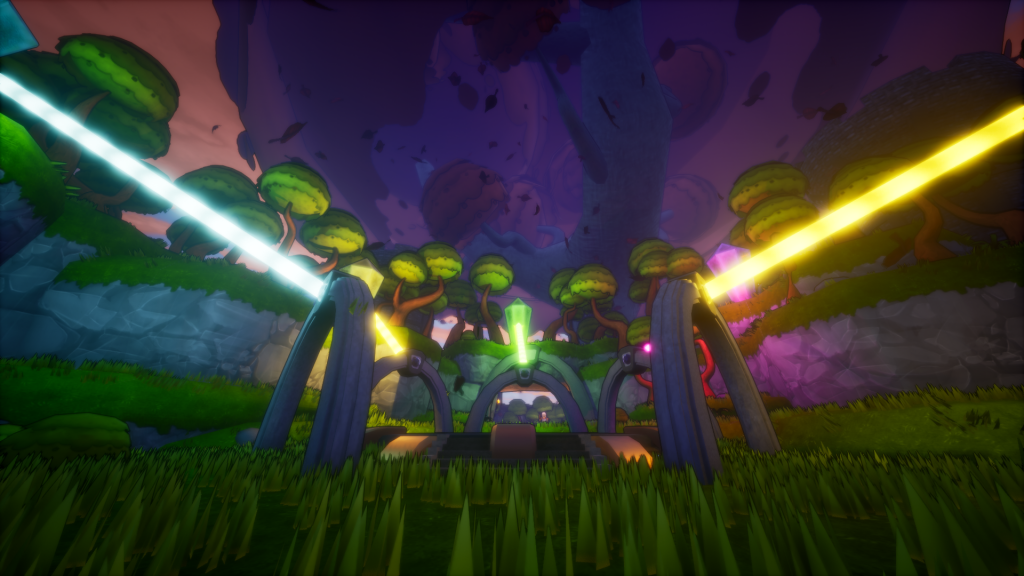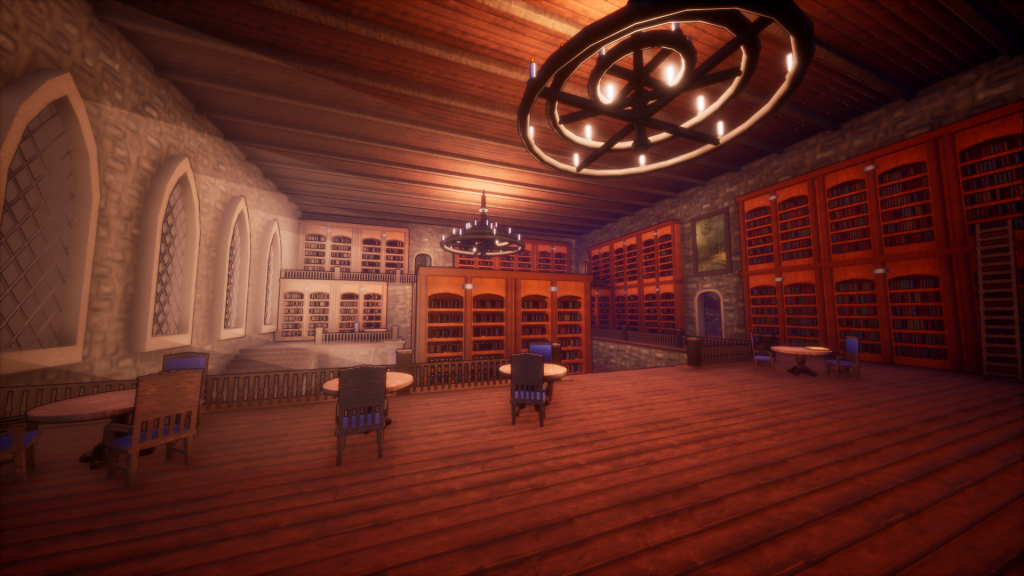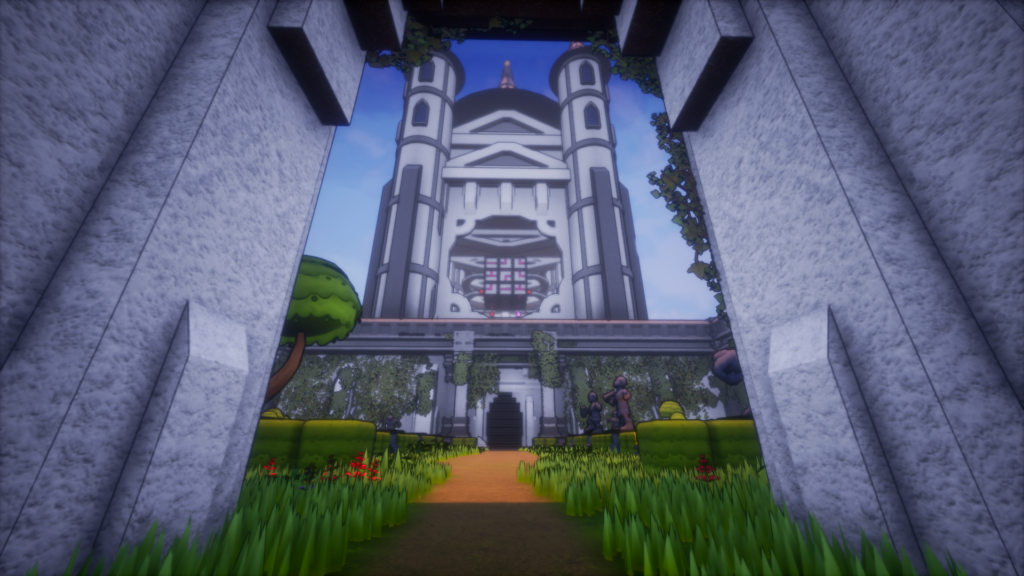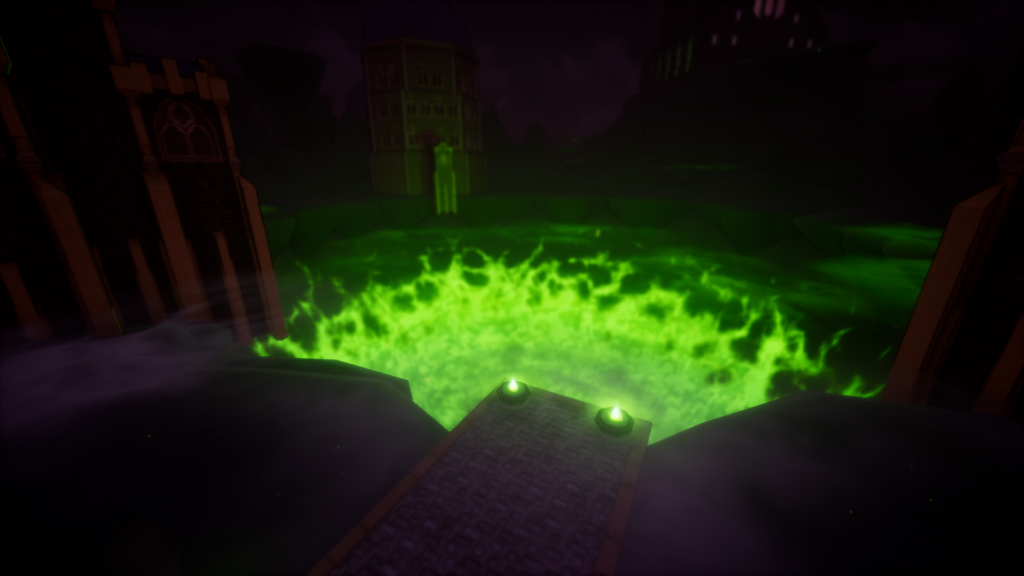For more information about Heim, check out the game’s homepage!

Heim is an action adventure game, and my first professional solo game project. After graduating as a game developer (Digital Arts & Entertainment) at Howest Kortrijk, I decided that, instead of immediately looking for a job, I wanted to make a game of my very own, with full control over the development process.
My love for narrative games, Zelda-esque action adventure games, 3D platformers, Norse mythology and world-building came together to form “Heim”, a puzzle adventure set in a magical universe inspired by Norse mythology (but with lore of its very own). The theme of this game is, as the title suggests, the meaning of “home”. The player will venture on an epic journey through different Realms, solve puzzles & riddles, and make use of unique “runic abilities” to traverse the world.
You can follow Heim’s progress on Instagram, Twitter or Facebook.
Gameplay
At its core, Heim is a puzzle or problem-solving game. These gameplay obstacles can be solved by using the player’s unique “runic abilities”, playing the flute, working out puzzles, interacting with or moving around the world, or a combination of those! There are riddles to be solved and melodies to be played!
Runic Abilities
The runic abilities are unique powers with special uses. Over the course of the game, the player will unlock the Memory Rune (allows the player to see past events transpire before their eyes), the Air Rune (grants the player a double jump ability, and the ability to telekinetically move certain objects) and lastly, the Light Rune (creates a light in the palm of the player’s hand, warding off lethal fog or revealing hidden structures).
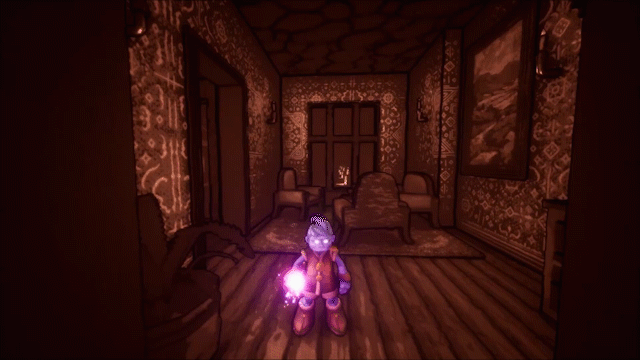
Exploration
For the explorers, there is much to discover. The player will discover four of the nine Realms:
- Aldrheim: a world of endless seas and numerous islands, and the home Realm of the protagonist.
- Ostrheim: the Realm where mankind originated, but it was destroyed after a terrible cataclysm. It now consists of floating islands, and most surviving humans migrated to Aldrheim after its destruction.
- Dinheim: the Realm of Mists, also known as the underworld where dead souls go to roam forever. It is a dark, hopeless Realm, with thick fogs that strip mortals of their memories.
- Numenheim: the Realm of the Gods themselves, where the grass is gold, the trees red, and the waters shimmering.
For those who wish to learn more about the lore behind Heim, there are Lore Scrolls to be found, hidden all over the Realms.
Combat?
There will be no combat in Heim – at least not in the typical sense. I wanted to explore a different side of the action adventure genre – one where the player’s actions don’t result in hundreds of baby monster orphans. How many monsters have any of us slain recently? I don’t think every hero has to be a warrior. For Heim, I’m opting for a courageous explorer who has his wits about him. Any – potential – confrontations in Heim will be dealt with like a puzzle of sorts.
Structure
The gameplay structure is, in a sense, modelled after that of classic Zelda games. But instead of actual dungeons, boss keys and even bosses themselves, Heim’s “dungeons” are parts of the world with obstacles to overcome and problems to solve. However, like typical Zelda games, the player will gain a special upgrade – in this case, a runic ability – after completing a part of the “dungeon”, after which the dungeon will open up, gameplay-wise. That gap you just couldn’t manage to jump? Simply use your new double jump ability! Empty rooms may contain useful information when looking at them with the Memory Rune!
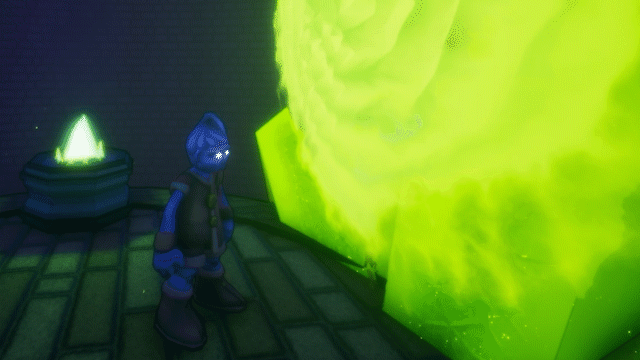
Technology involved
- Unreal Engine 4.25 (Blueprints programming)
- Photoshop
- 3Ds Max
- Sourcetree: Github repository
What did I do? Almost everything!
- Programming
- Game design & game mechanics (runic abilities, playable flute, platforming, …)
- Puzzle/problem/riddle design
- Story & world-building
- Level design
- Most of the art/models (with significant exceptions, like the logo and some characters – those were made by an actual artist).
- Post-processing and materials
- User Interface
- Cinematics
- Audio & sound design
- Original Soundtrack
- Sound Effects
- Ambience
Major inspirations
Credit where credit is due; Heim would not exist without the following works:
- The Legend of Zelda (Nintendo)
- Action Adventure Game
- The Legend of Zelda series is known as an inspiration to many game developers; its core elements of exploring, puzzling, questing and fighting serve as the base for tons of games. More specifically, “The Wind Waker” is an entry in the series involving a large, open world sea with numerous islands to explore, and a great journey. “Twilight Princess” is also in many, many ways one of the greater influences.
- Hob (Runic Games)
- Action Adventure Game
- Hob, itself partly inspired by the Legend of Zelda series, offers a good contemporary look into the action adventure genre. Its visual style also serves as an inspiration to Heim.
- God of War (2018) (Santa Monica Studio)
- Action Adventure Game
- Although God of War is known as a series with brutal and bloody combat, my inspiration comes more from the mythological/story aspect of the games. God of War is not afraid to take the mythology and blast it wide open: the gods are real, and they’re just as horrible as mankind.
- Norse Mythology (Neil Gaiman), Prose Edda (Snorri Sturluson), Poetic Edda
- Literature, mythos
- During my various explorations of Wikipedia and the internet as a whole, I became acquainted with the deeper Norse mythology, beyond the basic knowledge of Thor, Odin and Loki. My love for mythology and the idea of gods, magic and forgotten ruins serve as a big inspiration for Heim. While not a direct adaption of Norse mythology, Heim’s own mythology obviously takes some of its ideas (e.g. the Nine Realms) and does its own thing with it.

